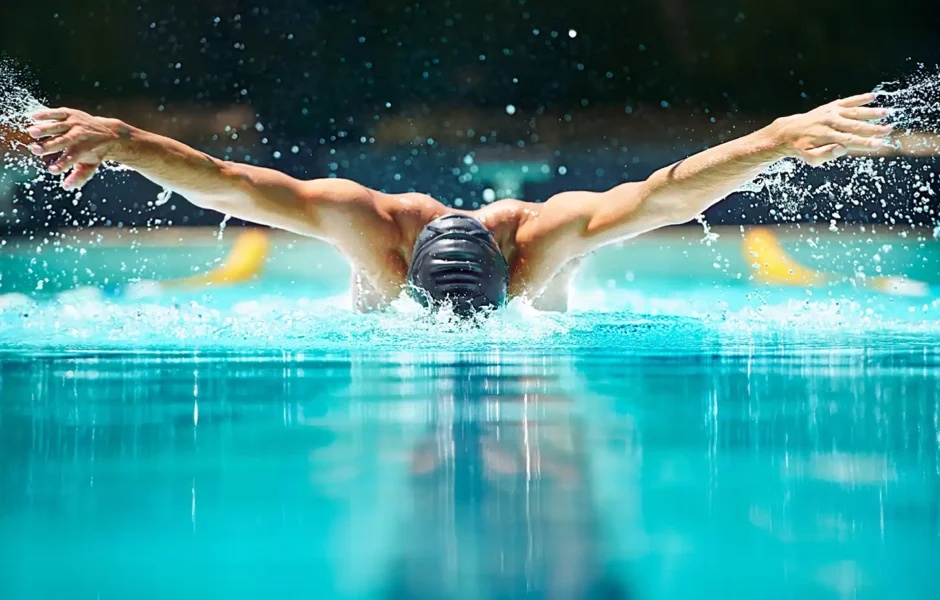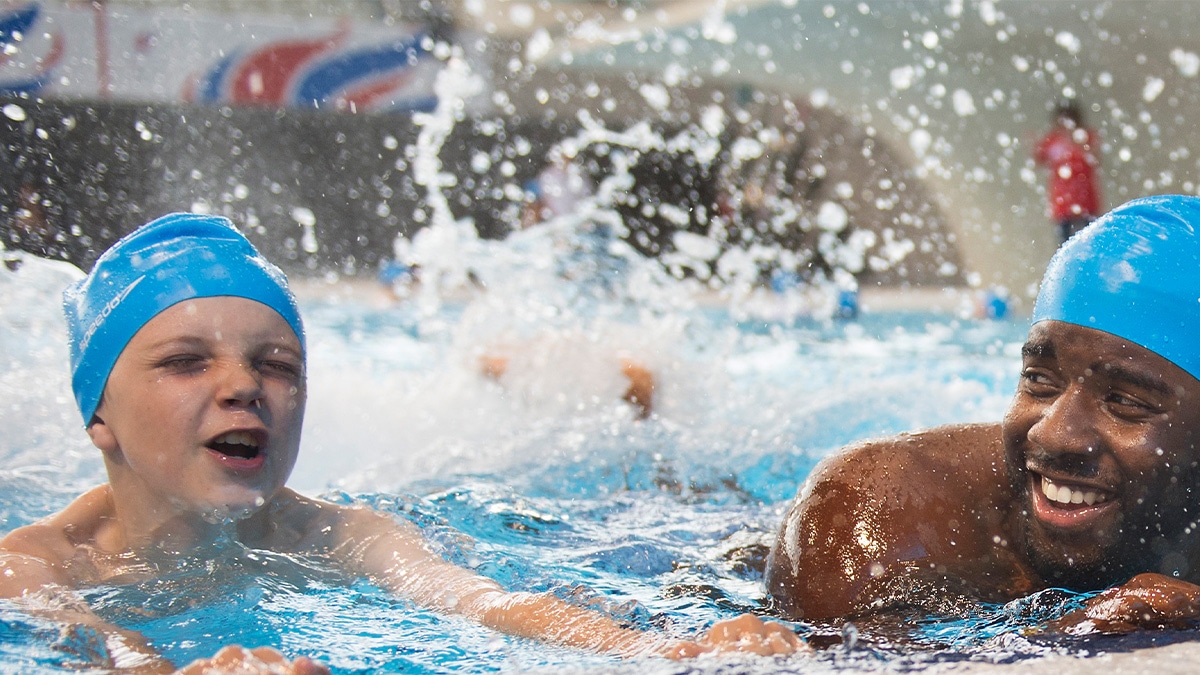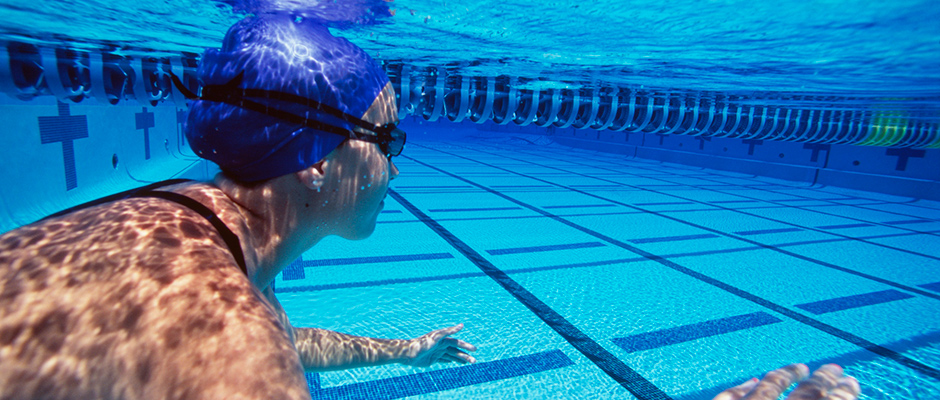Stroke mastery in swimming involves refining techniques to achieve optimal efficiency and speed in the water. Advanced swimmers understand that small adjustments in stroke mechanics can lead to significant improvements in performance. Whether you’re training for competition or seeking to enhance your recreational swimming, mastering advanced techniques is essential for reaching your full potential in the pool.

Importance of Technique Refinement
Efficiency in swimming begins with mastering stroke techniques. Proper body position, streamlined movements, and precise hand entry and exit are critical elements that contribute to minimizing resistance and maximizing propulsion. Moreover, refining techniques reduces energy expenditure, allowing swimmers to maintain speed over longer distances. Thus, focusing on technique refinement not only enhances performance but also prevents injury and fatigue during training sessions and competitions.
Streamlining and Body Positioning
Achieving optimal streamlining and body positioning is fundamental to stroke mastery. By reducing drag through streamlined body alignment and minimizing unnecessary movements, swimmers can glide effortlessly through the water. Furthermore, maintaining a horizontal body position with a balanced rotation facilitates efficient strokes. Hence, emphasizing streamlined techniques enhances speed and conserves energy, enabling swimmers to swim longer and faster without compromising form.
Precision in Hand Entry and Exit
The precision of hand entry and exit plays a crucial role in stroke efficiency. A proper hand entry ensures smooth penetration into the water, reducing turbulence and resistance. Conversely, an efficient exit involves a clean release of the hand from the water, allowing for a seamless transition to the next stroke cycle. Therefore, mastering the timing and angle of hand movements enhances propulsion and minimizes energy loss, contributing to overall stroke efficiency and speed.
Importance of Breathing Techniques
Effective breathing techniques are essential for maintaining rhythm and efficiency in swimming strokes. Coordinating breath with stroke cycles ensures a continuous flow of oxygen to muscles, optimizing endurance and performance. Moreover, mastering bilateral breathing (breathing on both sides) enhances symmetry and balance in strokes, promoting a more efficient and sustainable swimming technique. Additionally, controlled exhalation underwater aids in buoyancy and stability, further improving overall stroke efficiency.
Utilization of Kick and Body Rotation
The utilization of kick and body rotation is another hallmark of stroke mastery. A powerful and rhythmic kick generates propulsion and supports body rotation, facilitating efficient stroke mechanics. Furthermore, integrating body rotation with each stroke cycle maximizes the engagement of core muscles, enhancing stability and power in swimming. Thus, mastering the coordination of kick and body rotation optimizes efficiency and speed, allowing swimmers to maintain momentum throughout their swim.
Video Analysis and Feedback
Video analysis and feedback are invaluable tools for refining stroke techniques. By reviewing footage of their swimming sessions, swimmers can identify areas for improvement in stroke mechanics, body position, and breathing techniques. Moreover, receiving constructive feedback from coaches or peers provides insights into refining techniques and addressing weaknesses. Additionally, visualizing correct execution through video analysis reinforces learning and facilitates continuous improvement in stroke mastery.
Conclusion
In conclusion, stroke mastery in swimming is achieved through meticulous refinement of techniques, emphasizing streamlined body positioning, precise hand movements, effective breathing techniques, and coordinated use of kick and body rotation. By focusing on these elements, swimmers can enhance efficiency, speed, and endurance in the water. Moreover, utilizing video analysis and receiving feedback from coaches are essential strategies for continuous improvement. Therefore, whether you’re striving for personal improvement or competitive success, mastering advanced techniques is key to achieving your swimming goals and maximizing performance in the pool.



